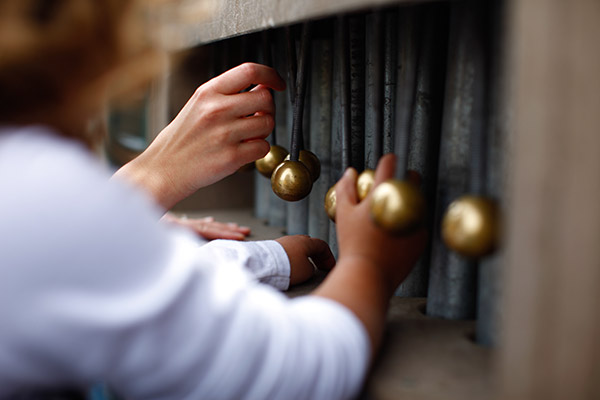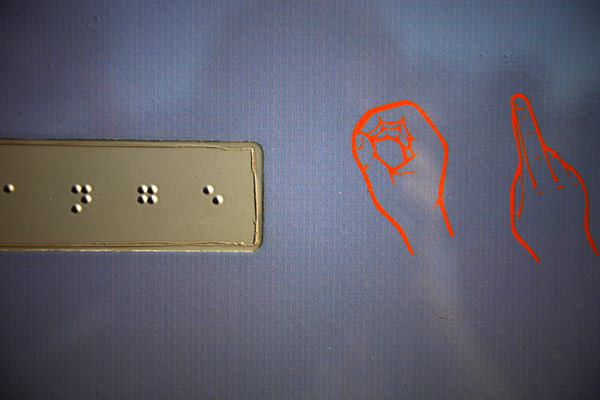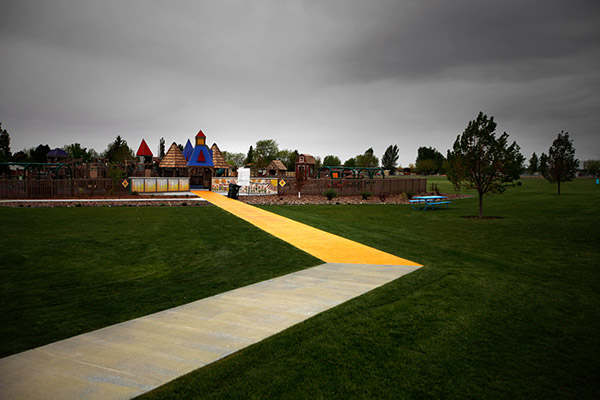
from NPR:
A community-edited guide to accessible playgrounds. So far, we've identified 1,525. Help us find more!
On Your Smartphone: Visit npr.org/playgrounds

Why Accessible Playgrounds?
Because kids in wheelchairs can't play on playgrounds covered with wood chips. And children with muscular disabilities can fall out of swings that lack sides and backs. Or a child with vision or hearing problems can benefit from equipment specially designed for play alongside friends, siblings or any other child.
New federal requirements define playground accessibility as a civil right. And under those rules, playgrounds built or altered after March 14, 2012, are required to have wheelchair-friendly surfaces and equipment that helps kids with physical challenges move around.
New federal requirements define playground accessibility as a civil right. And under those rules, playgrounds built or altered after March 14, 2012, are required to have wheelchair-friendly surfaces and equipment that helps kids with physical challenges move around.
You Can Help!
A comprehensive database of inclusive and accessible playgrounds does not yet exist, but you can help us create one.- 1 Go to your playground. Does it have any of the features listed below?
- 2 Search to see if we have it listed. (See "Find An Accessible Playground" at the top of this page.)
- 3 Add your playground, or edit to add missing information.
Features To Look For

Transfer stations
A transfer platform is a low step that allows someone using a wheelchair to transfer out of it onto the playground equipment. It should have an unobstructed side so that the wheelchair can ride up beside it, and should have handrails for grabbing. Steps that follow, to climb the structure, should be no more than eight inches high.Playgrounds We've Identified So Far
Here's our current tally for major metropolitan areas. We know there are many unaccounted for, especially in those cities highlighted below.| Metropolitan area | Known playgrounds |
|---|---|
| Atlanta metro area |







No comments:
Post a Comment